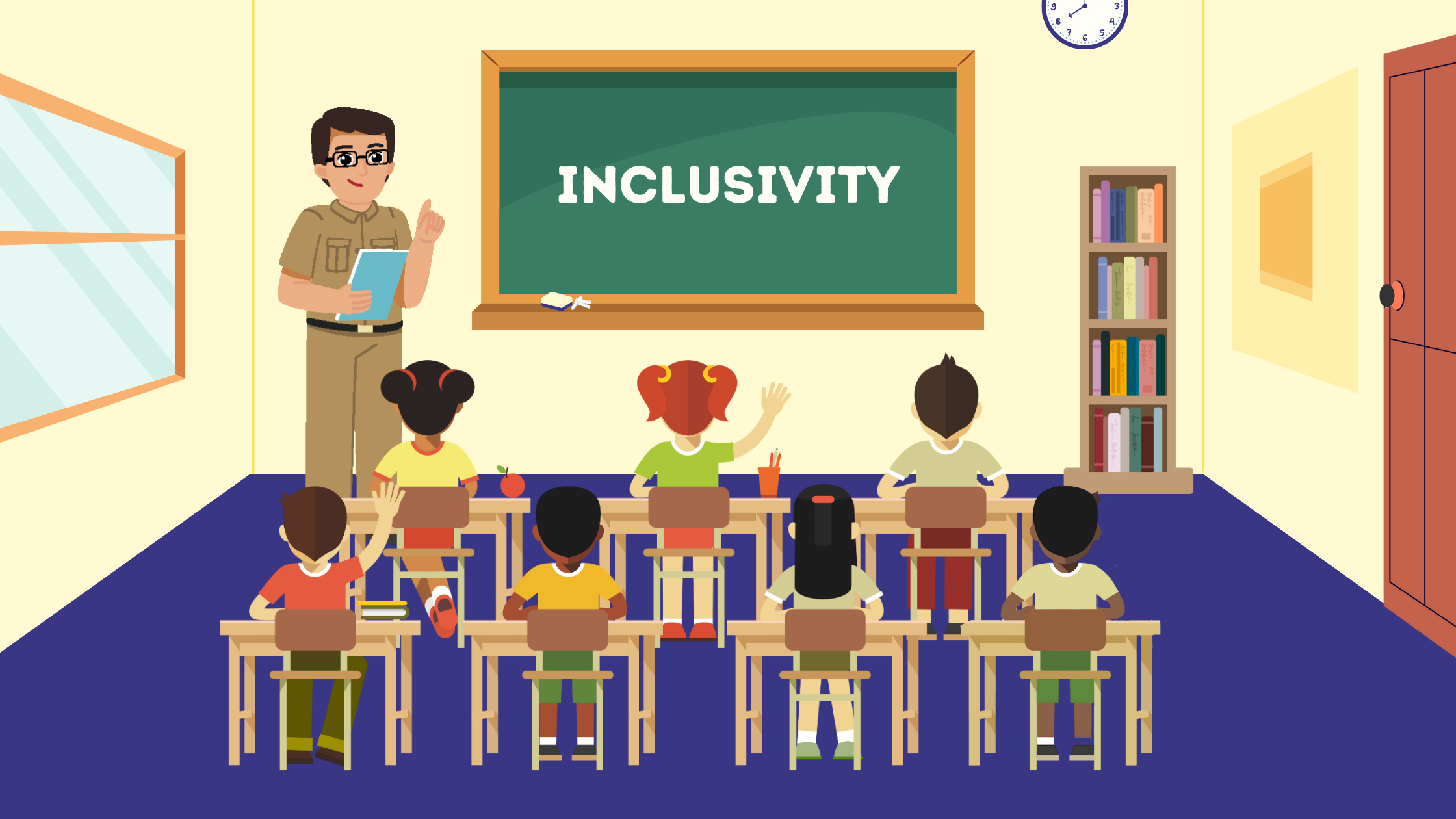New Year’s resolutions—everyone is familiar with them, and individually, many people actually make them too, to manifest and implement a course of improvement and growth for the coming yea
But how about a new ACADEMIC year resolution or a goal plan for schools?
The new academic year has begun, but as decision makers, teachers or principals, how do you plan your school’s growth?
Without a clear resolution or actionable plan, it’s all too easy to fall back into the comfort of the daily routine. When we’re stuck in routines, growth slows down, and bringing changes becomes difficult. It’s only with clear goals and plans that we can break free from routine and make real progress.
Be it making the processes more efficient or introducing a new concept or taking bigger academic decisions, goal setting can help in the smoother transition of bringing the change.
Picture a school aiming to improve their students’ grades or participation in extracurricular activities.
So, by setting specific objectives—such as raising average grades by a certain percentage or encouraging participation in clubs and sports through incentives—the school can craft a roadmap for success.
Without clear goals, it’s like embarking on a journey with no clear destination in sight. Breaking the end-goal into smaller checkpoints guides teachers, students, and administrators toward a shared vision. This promotes accountability, motivating all to track progress and celebrate achievements. With well-defined goals, the school can overcome challenges, adapt strategies, and unleash every student’s potential.
Here are some tips to ensure growth:
1. Review and introspect current practices to pinpoint areas for improvement and change.
2. Set goals in advance, to guide school-wide efforts effectively.
3. Track Progress and monitor monthly steps towards goals to enhance accountability among stakeholders.
4. Utilize Parent-Teacher Meetings to collaborate and discuss potential enhancements.
5. Encourage professional development through workshops and training sessions.
6. Foster innovation by encouraging the incorporation of novel teaching methods and technologies.
7. Invite feedback by regularly gathering insights from students, parents, and staff for informed decision-making.
8. Promote collaboration among teachers and staff to enhance student outcomes.
9. Invest in resources and technology to create an optimal learning environment.
In conclusion, setting clear goals and implementing effective strategies are essential for driving growth and success in schools. Keeping these tips in mind, let’s begin each academic year with a growth mindset!







